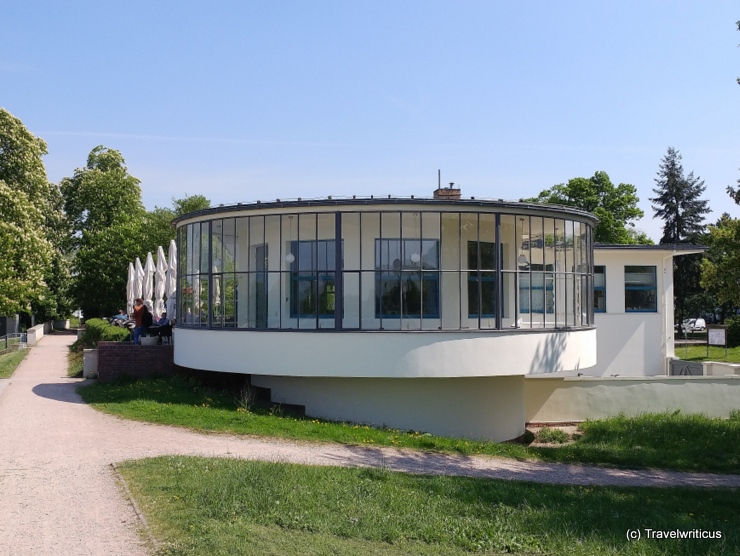
After a long walk along the Bauhaus architecture of Dessau, it was time for dinner. According to the day’s motto, we chose a building in Bauhaus style. The Restaurant Kornhaus was designed by the architect Carl Fieger in 1929/30. [German]
You only see what you know (Goethe)

After a long walk along the Bauhaus architecture of Dessau, it was time for dinner. According to the day’s motto, we chose a building in Bauhaus style. The Restaurant Kornhaus was designed by the architect Carl Fieger in 1929/30. [German]
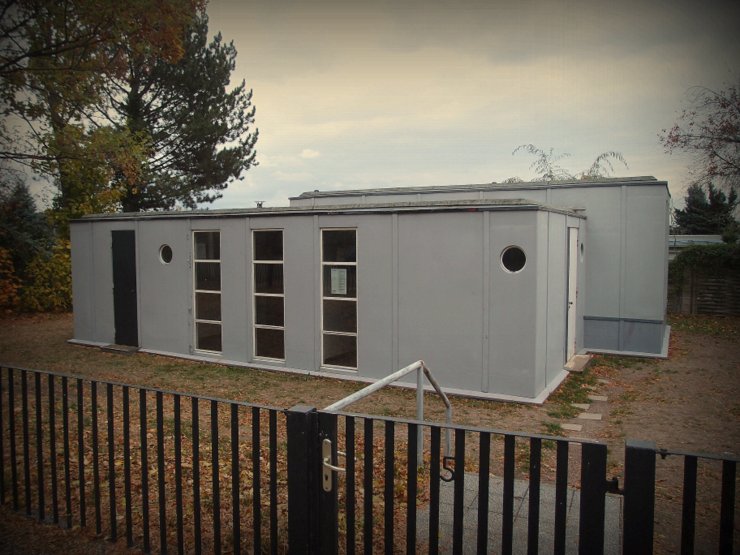
The Bauhaus movement not only experimented with light and colours. It also tested new materials. Can we build a house made of steel? Georg Muche and Richard Paulick made a steel house in Dessau-Roßlau a reality. [German]
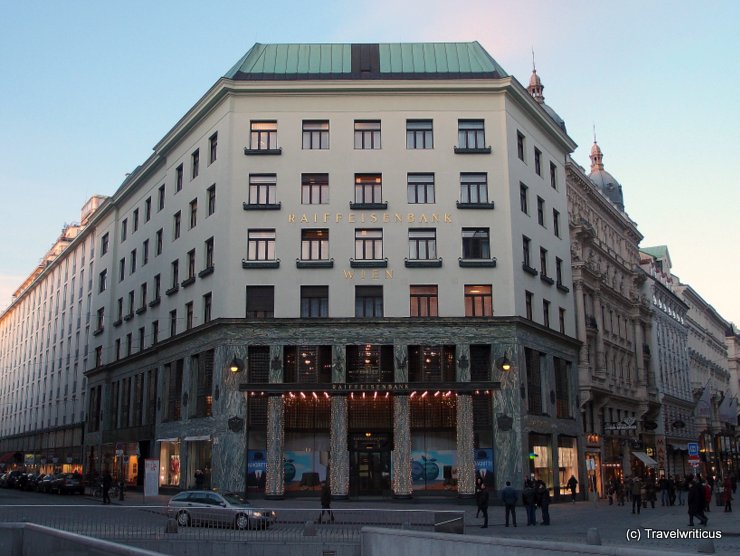
The Loos House (Looshaus) is a central work of the Viennese Modern Age (Wiener Moderne). Architect Adolf Loos designed it in 1910. Because of the missing decorative elements above the windows, the Viennese called the building “The house without eyebrows”. [German]
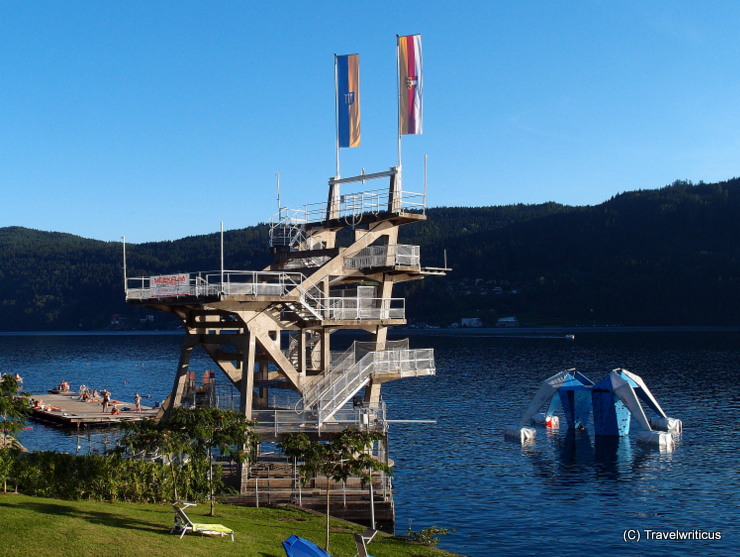
Sometimes, you go to the swimming bath to see a local landmark. So it is in Millstatt, a city in the Austrian state of Carinthia. This listed diving tower saw its construction in 1930 according to the plans of Christof Benedikt.
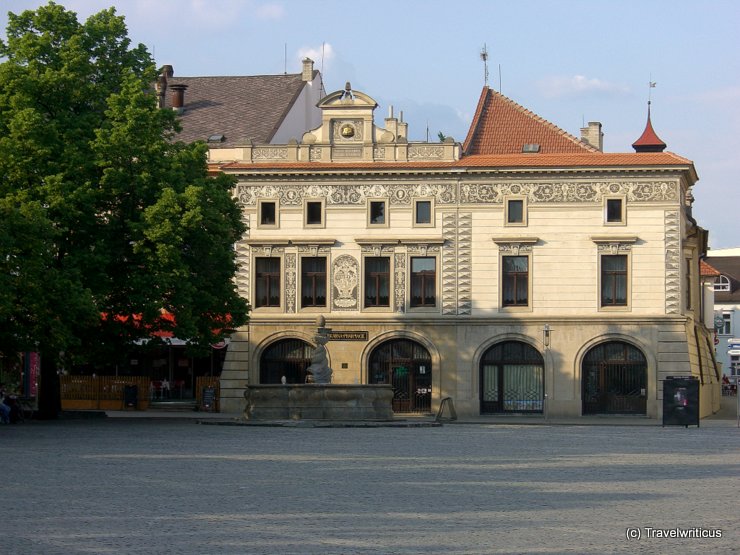
An old pharmacy, a burbling fountain, an empty market square. I experienced this quiet moment in front of a townhouse with a Renaissance façade in the Morovian city of Uherské Hradiště. The building’s diverse structure made me linger longer. [German]
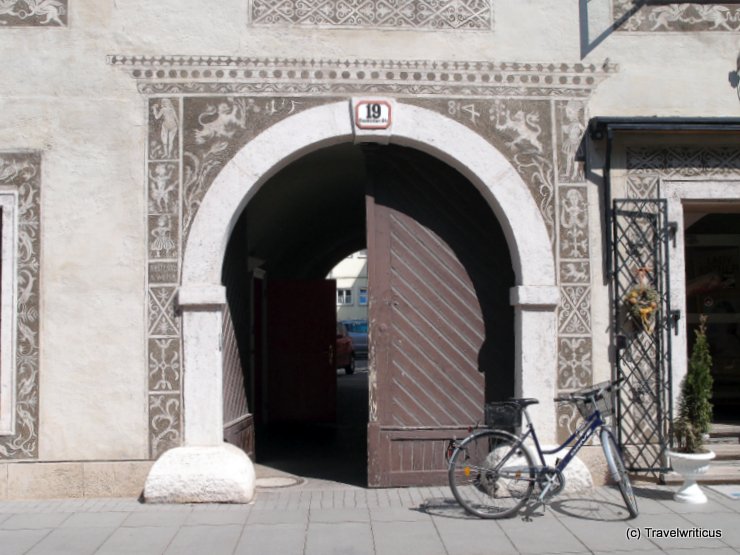
You find this building with lovely sgraffito at Neunkirchner Straße 19 in Wiener Neustadt. Around the gate, visitors see mythological creatures and the date 1584. The core of the house dates back to the 14th century.
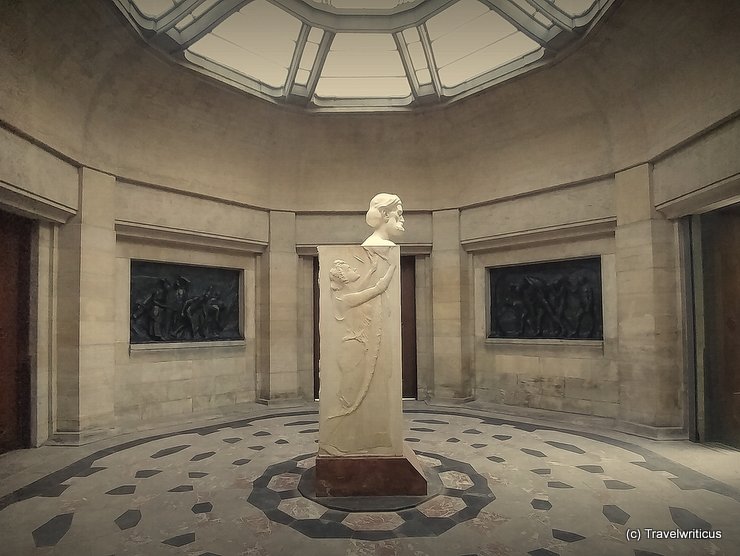
The memorial site to Ernst Abbe reminded me more of a temple than a simple monument. A look through the glass door increased the impression. The dainty image of the industrialist and social reformer Ernst Abbe rested on a massive herm. [German]
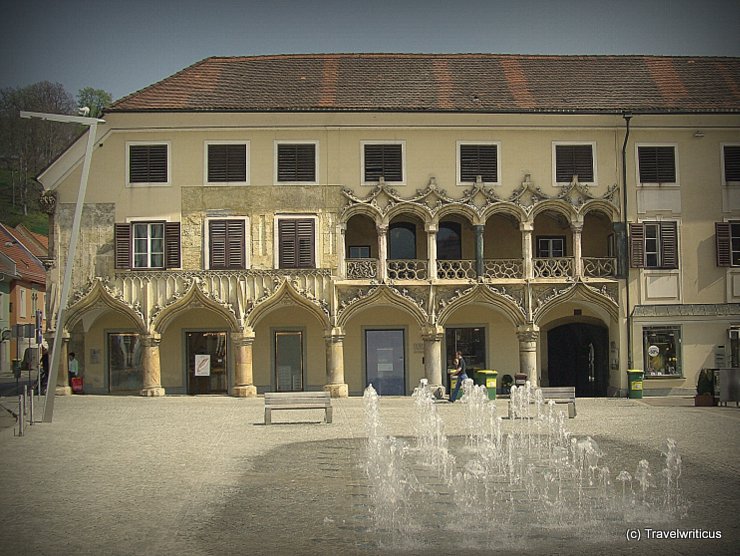
The Kornmesserhaus is one of the most beautiful Gothic secular buildings in Austria. You find the building on the town square of Bruck an der Mur. Its name originates from its first owner, Pankraz Kornmesser.
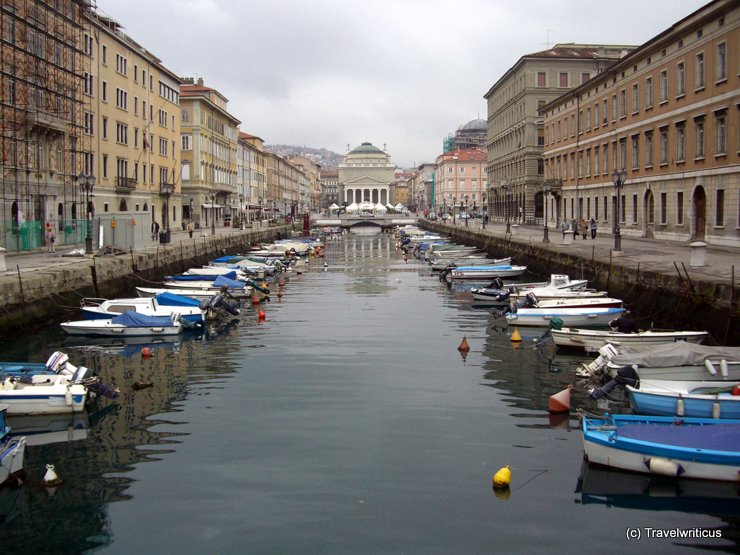
The Canal Grande is the heart of the Borgo Teresiano district, commissioned by the Austrian Empress Maria Theresa. The neoclassical building at the end of the canal is a Catholic Church (Sant’Antonio Nuovo). [German]
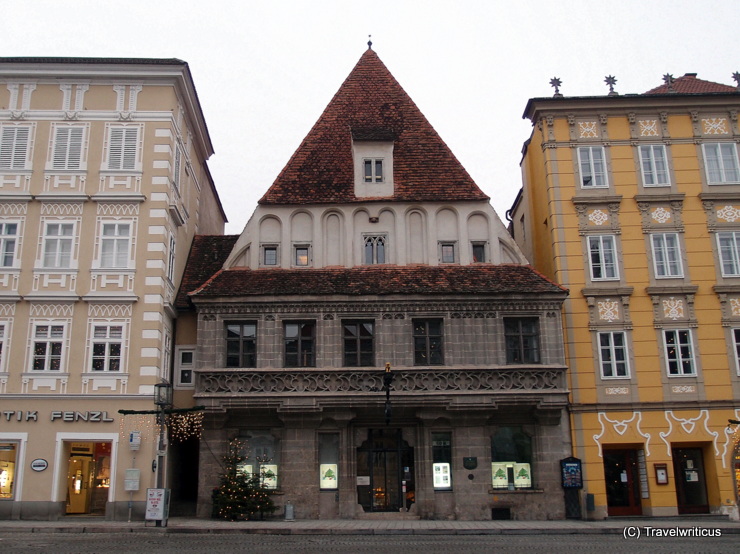
The Bummerlhaus is a late Gothic mansion in the city of Steyr. It is considered one of the finest medieval secular buildings in Austria. Its first mention dates back to 1450, but its oldest part may be from the 13th century.
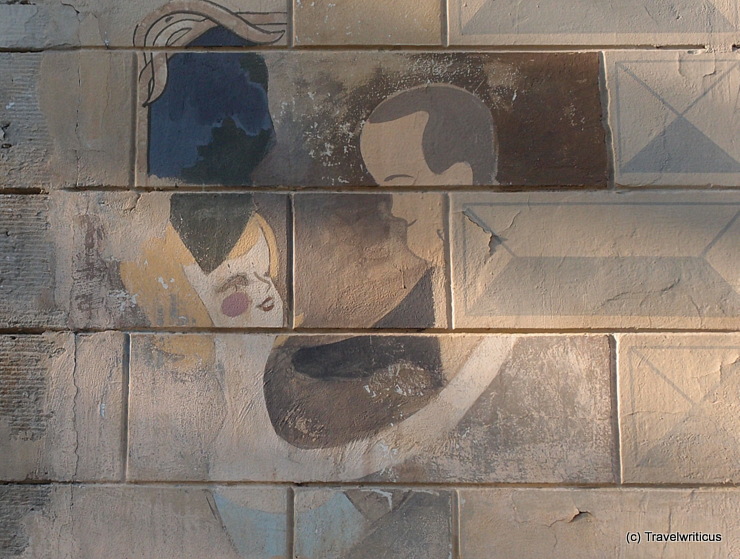
Strollers will find this faded mural of a dancing couple on a classicistic building near the Albertplatz in Dresden. At the time of my visit, it housed a restaurant named “Altes Wettbüro” (Old Betting Office). [German]
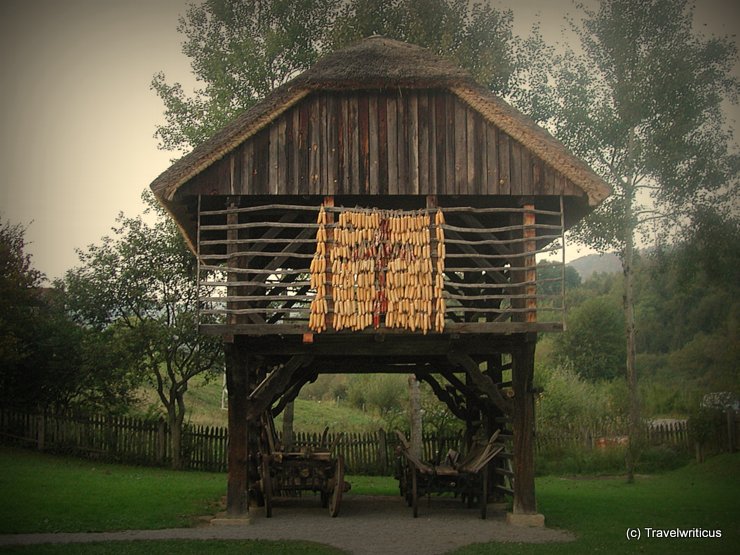
While travelling through Slovenia, I love to look for agricultural structures called Kozolec. These are traditional hayracks which are typical for this part of Europe. They are not only utilitarian but also known for artsy adornments.